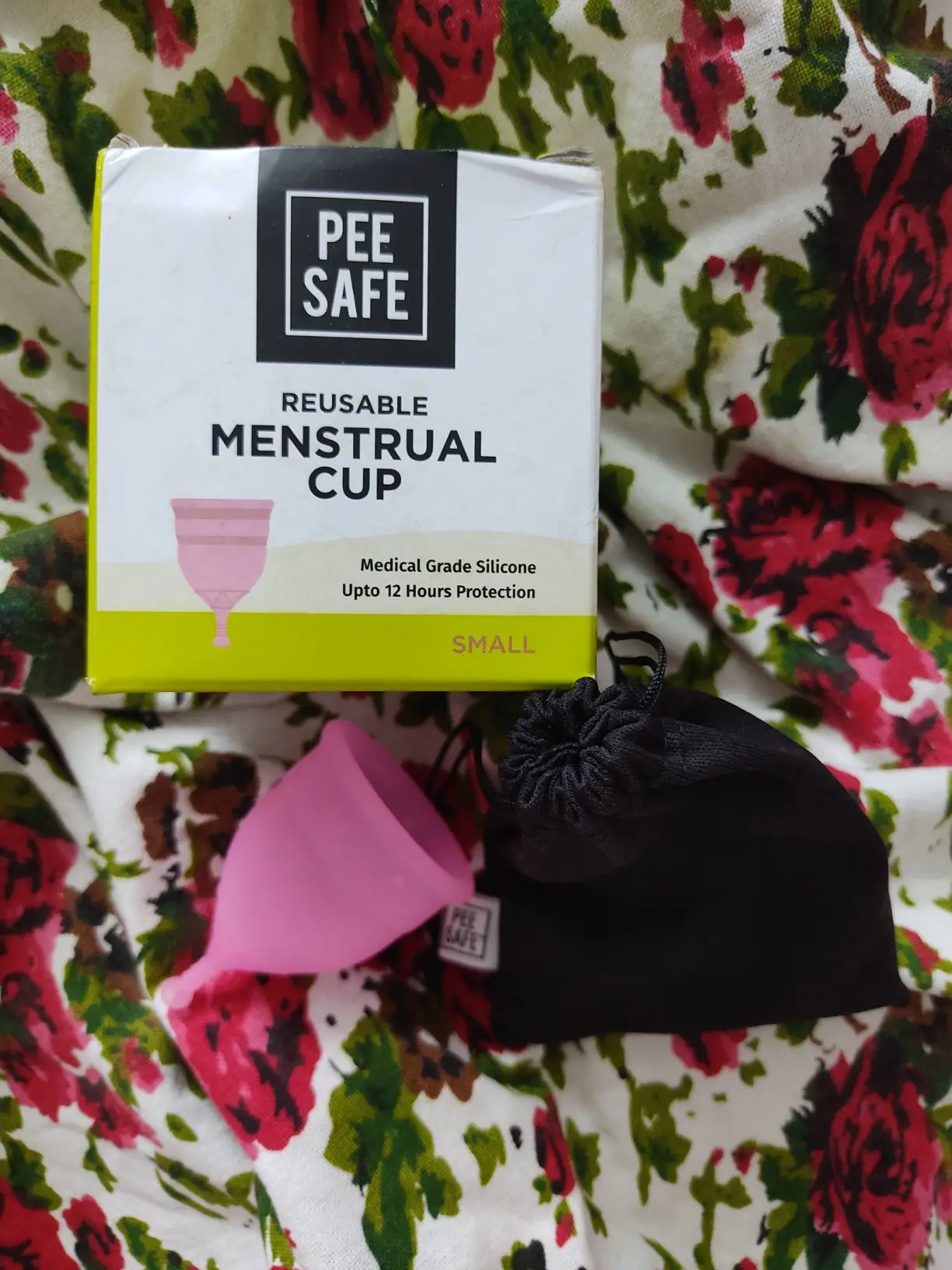Discomfort and Pain with Menstrual Cups: What You Need to Know
Switching to a menstrual cup can be an empowering and eco-friendly choice for many women. However, some may experience discomfort or pain when first using a cup. If this sounds familiar, you’re not alone. Let’s explore why this might happen and how you can make your experience more comfortable.
Getting the Right Fit
One of the main reasons women experience discomfort with menstrual cups is due to using a cup that doesn’t fit properly. Menstrual cups come in various sizes and shapes, just like our bodies. Using the wrong size can cause pain, especially if the cup is too large or too firm. It’s important to choose a cup that suits your body’s unique shape and flow. If you’re unsure about the size, consider starting with a smaller or softer cup. You might need to try a couple of different options to find the one that feels just right.
Inserting the Cup Correctly
Another common cause of discomfort is incorrect insertion. Inserting a menstrual cup can be tricky at first, and if it’s not placed correctly, it can cause pain or even leak. The key is to stay relaxed and take your time. A good tip is to fold the cup in a way that makes it smaller for insertion, such as the C-fold or punch-down fold. After inserting, make sure the cup opens fully and sits comfortably inside. If you feel any pain or pressure, try gently rotating the cup or re-inserting it.
Removing the Cup Gently
Just like insertion, removing the cup can also cause discomfort if not done properly. Pulling the cup out quickly or without breaking the suction can be painful. To remove it gently, pinch the base of the cup to release the suction and slowly pull it out. It can help to bear down slightly with your pelvic muscles to make it easier to reach and remove the cup. Remember, there’s no rush, and taking your time can prevent pain and discomfort.
Finding the Right Position
The position of your menstrual cup can greatly affect your comfort level. If the cup is placed too high or too low, it can cause pain or pressure. A good rule of thumb is to place the cup lower than a tampon but high enough so that it’s fully inside the vaginal canal. You should be able to feel it but not feel uncomfortable. If you feel like your cup is pressing against your bladder or causing cramping, it might be too high. Adjusting the position can make a big difference in comfort.
Adapting to the Change
For some women, discomfort or mild pain is part of the adjustment period when switching to a menstrual cup. Your body might need a few cycles to get used to the new sensation. During this time, it’s normal to feel a little bit of cramping or discomfort. However, if the pain is severe or doesn’t improve after a few cycles, it might be worth consulting with a healthcare professional to ensure that a menstrual cup is the right choice for you.
Most Reliable Menstrual Cup





Conclusion
Using a menstrual cup shouldn’t be painful. With the right size, proper insertion and removal techniques, and a bit of patience, many women find that they can use menstrual cups comfortably and confidently. If you’re experiencing discomfort, don’t be discouraged. Take your time to explore what works best for you, and remember that your comfort is the most important factor. Menstrual cups can offer a comfortable, eco-friendly alternative to traditional menstrual products once you find the right fit and get used to the process.
